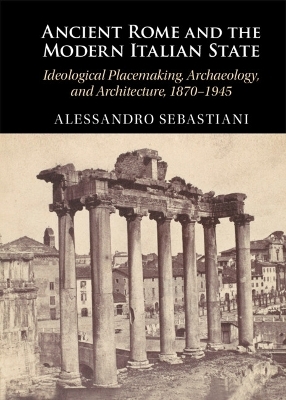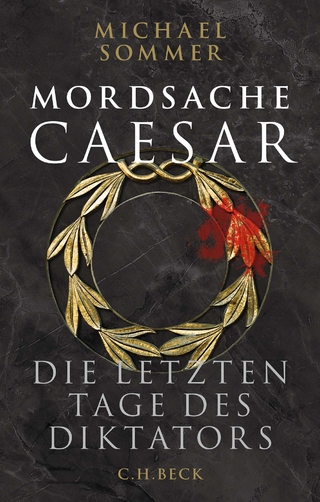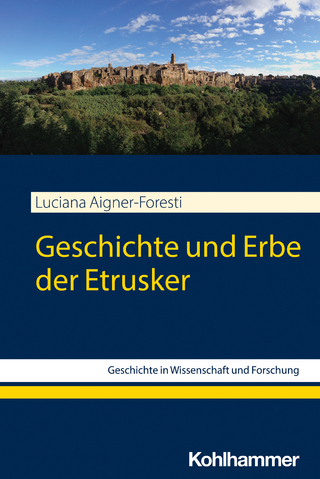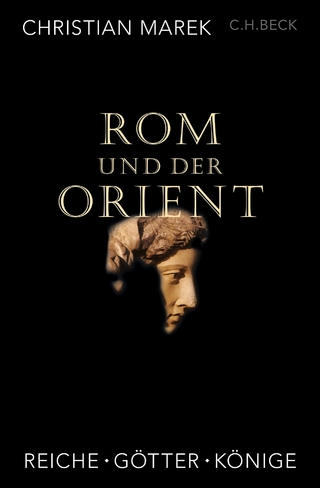
Ancient Rome and the Modern Italian State
Cambridge University Press (Verlag)
978-1-009-35410-3 (ISBN)
In this book, Alessandro Sebastiani examines how architecture and urbanism can be used to construct national identity. Using Rome as his case study, he explores how the city was transformed to accommodate different political ideologies in the period from 1870 to the end of World War II. After unification, Rome's classical architecture served as a reference point, guiding transformations of the urban fabric that met contemporary needs but also supported the agenda of the newly-formed Italian state. The advent of fascist state in the 1920s ushered in a different order of ideological placemaking. The monuments of ancient Roman were isolated in order to enhance their structural elegance, a scheme that powerfully conveyed political messages in support of Mussolini's regime. Sebastiani's volume offers a new approach to understanding the sophisticated relationships between archeology, urban planning, and politics within the city of Rome. Moreover, it highlights the consequences of suppressing historical evidence from monuments and archaeological sites.
Alessandro Sebastiani is Assistant Professor of Roman Archaeology at the University at Buffalo (State University of New York). His research interests span from the Etruscan to the medieval periods, with a focus on the archaeology of Roman Tuscany. He is a former Marie Sklodowska-Curie Intra European Fellow at the University of Sheffield and has participated in numerous excavation projects across the Mediterranean. Most recently, he has been directing the Interconnected Mobility of People and Economy along the River Ombrone (IMPERO) Project in Etruria.
List of figures; Preface; Acknowledgements; Structure of the Book; 1. Placemaking: an introduction; 2. Ideological placemaking: narratives and agents (1870–1945); 3. Post-unification placemaking (1870–1922); 4. Reclaiming historical identities of four classical monuments; 5. The fascist placemaking of four classical monuments (1922–1945); 6. The fascist ideological placemaking: new architecture; 7. Afterword; References; Index.
| Erscheinungsdatum | 12.10.2022 |
|---|---|
| Zusatzinfo | Worked examples or Exercises |
| Verlagsort | Cambridge |
| Sprache | englisch |
| Maße | 178 x 254 mm |
| Gewicht | 784 g |
| Themenwelt | Kunst / Musik / Theater ► Kunstgeschichte / Kunststile |
| Geisteswissenschaften ► Archäologie | |
| Geschichte ► Allgemeine Geschichte ► Altertum / Antike | |
| Geisteswissenschaften ► Geschichte ► Regional- / Ländergeschichte | |
| ISBN-10 | 1-009-35410-8 / 1009354108 |
| ISBN-13 | 978-1-009-35410-3 / 9781009354103 |
| Zustand | Neuware |
| Informationen gemäß Produktsicherheitsverordnung (GPSR) | |
| Haben Sie eine Frage zum Produkt? |
aus dem Bereich


